This article introduces effective methods for managing medaka eggs. If you have issues with mold or egg mortality, please read on.
February 2024: The Most Effective Method I’ve Found for Managing Medaka Eggs
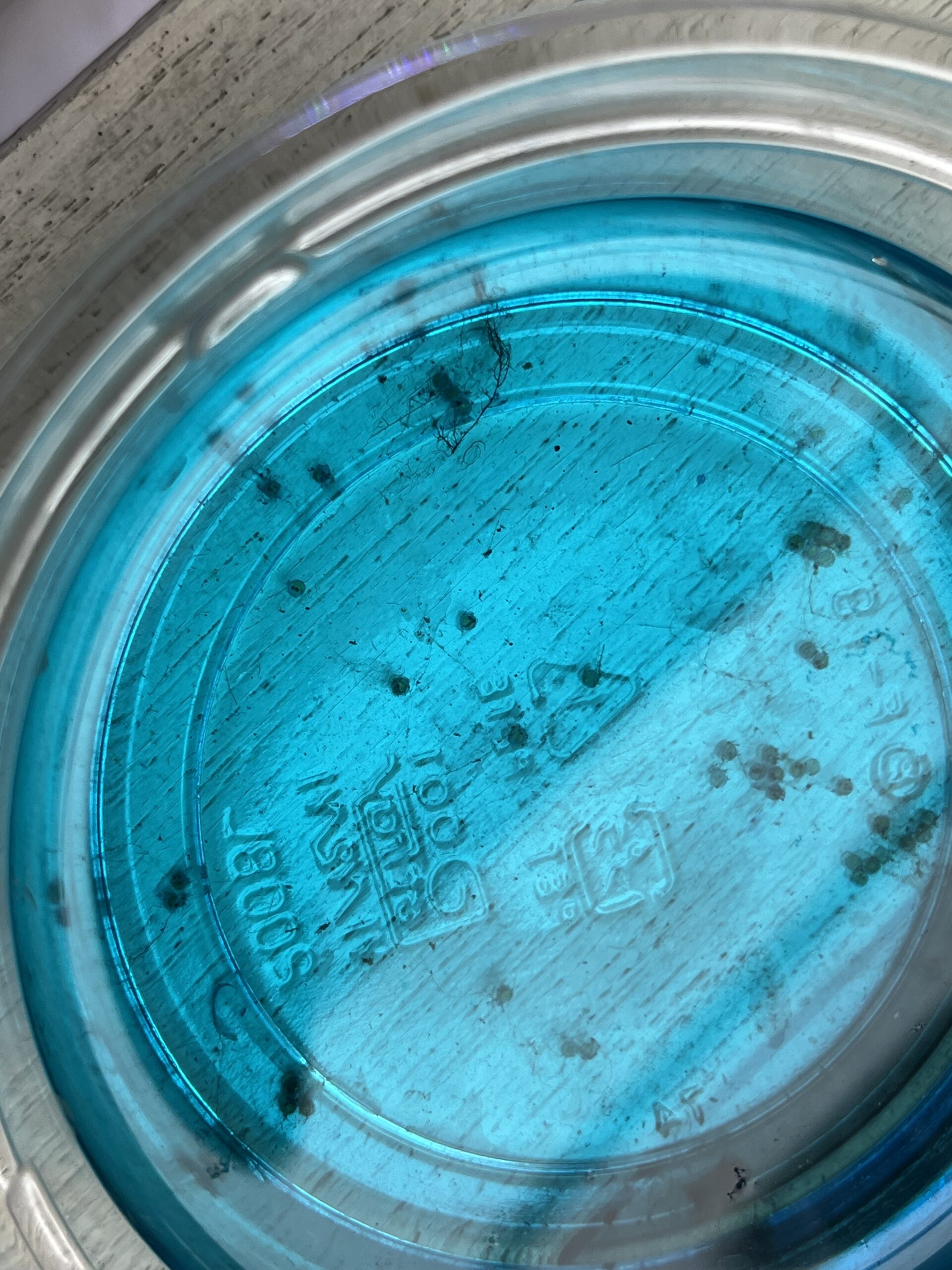
After trying various methods, the most effective method I found for managing medaka eggs involves using a 1 to 2-liter container filled with Methylene Blue. This method, which involves placing eggs cleaned of their adhesive threads into the solution, has proven to have a higher survival rate than methods using Ramshorn snails or aeration.
In this approach, it’s advisable to use Methylene Blue more concentrated than shown in the image. The standard dosage for Methylene Blue is 0.2 cc per liter, which amounts to about 10 cc for 60 liters. I use it quite concentrated, and it has never caused any issues—in fact, it significantly increased the hatching rate.
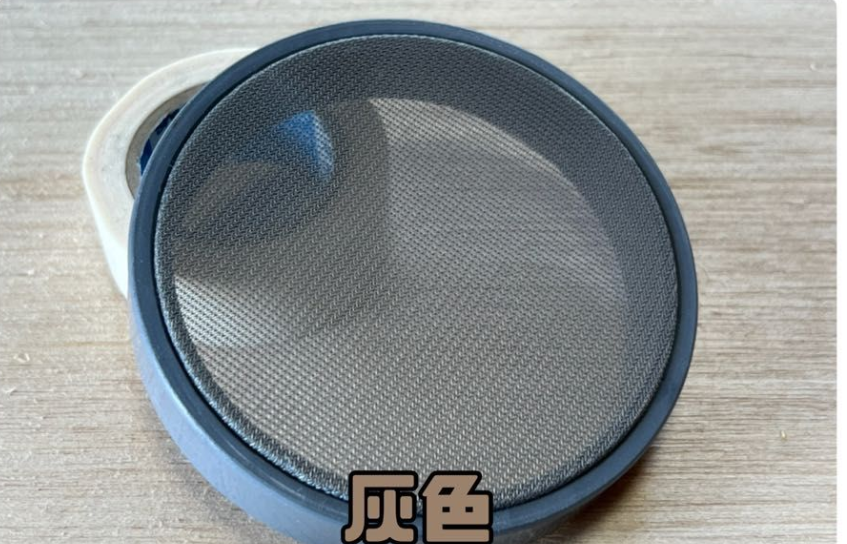
Additionally, I use an egg cleaner to remove adhesive threads and unfertilized eggs, which helps prevent mold and improves the fertility rate.
During winter, I place the container with the eggs inside a larger container (such as an NV box) and use a heater to maintain temperature. Since switching to this method, issues with eggs dying mid-development or mold spreading to other eggs have drastically reduced. If you’re struggling with egg management, I highly recommend trying this approach.
Egg Management Is Actually the Most Difficult Part
Medaka eggs are prone to molding and can deteriorate quickly if neglected. They can also be preyed upon by planaria and mosquito larvae, often disappearing unexpectedly.
https://www.aru-na.net/post-2877
In fact, some medaka breeders manage eggs individually placed in ice cube trays after removing the adhesive threads and dipping them in Methylene Blue.
Of course, managing eggs individually like this ensures a high hatching rate, but it’s quite cumbersome. I’ve been working on a less labor-intensive method that still achieves high hatching rates, though it’s still a work in progress. Here’s a part of that egg management method I’m developing.
Using an Egg Cleaner

Using an egg cleaner, which you can buy on Amazon or PayPay Flea Market, makes it easy to remove adhesive threads and unfertilized eggs. Simply press the eggs against the cleaner and scrub. This separates the eggs from debris and unfertilized parts quickly. I’ve reduced my cleaning time to less than a tenth using this cleaner, and it’s quite affordable, so I highly recommend it.
https://paypayfleamarket.yahoo.co.jp/user/p50221043
Using Shrimp or Ramshorn Snails for Egg Management
I currently let shrimp and Ramshorn snails manage the eggs for me. It’s simple: just place some Amano shrimp and Ramshorn snails into the container with the eggs and leave it be.
This article explains in detail, but adding these creatures prevents the eggs from rotting or molding as they eat any mold that forms on the eggs.
I also add aquatic plants and provide aeration. When the fry hatch, they can be raised right in the same container without needing to move them, unlike with the Methylene Blue method where newly hatched medaka must be transferred to another container.
Keeping Eggs in a Net
Additionally, instead of directly placing eggs in a container, it’s better to keep them in a breeding net within the container. I feel that direct contact with the container bottom can lower hatching rates. Also, if there are mosquito larvae or planaria in the container, they might eat the eggs. Keeping the eggs in a net helps protect them from such predators. Placing small Ramshorn snails inside the net can also be beneficial.
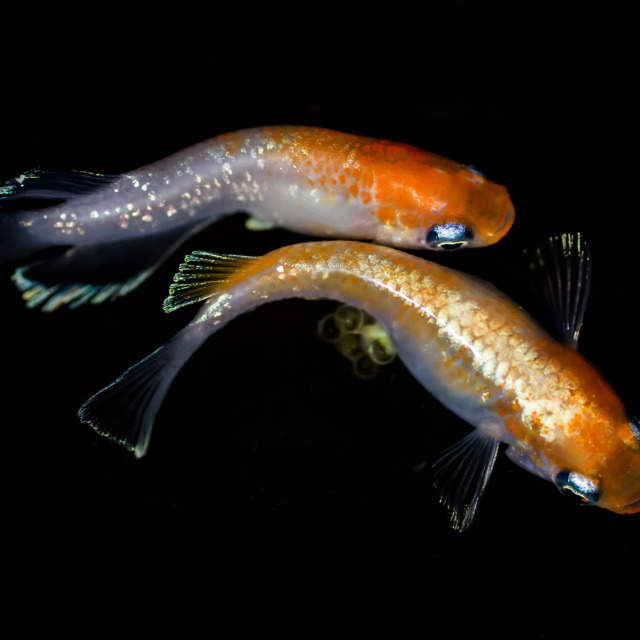

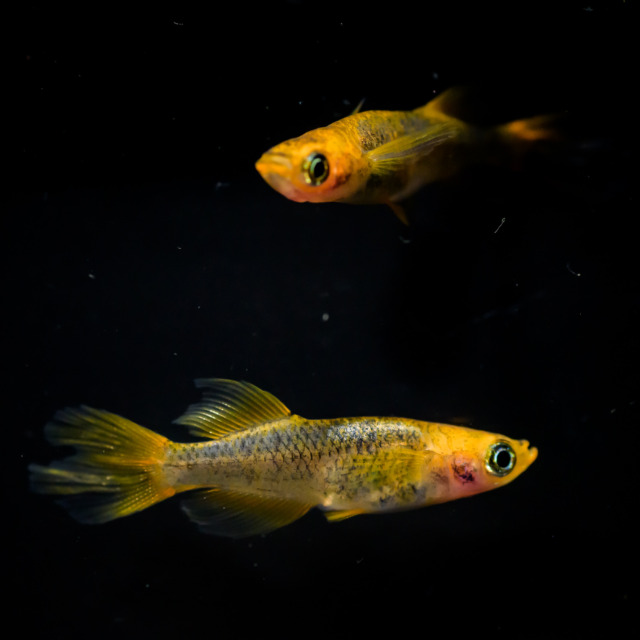

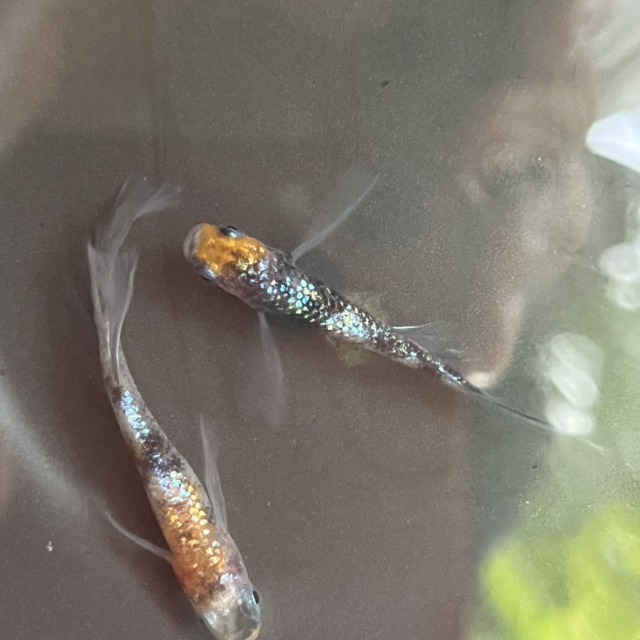
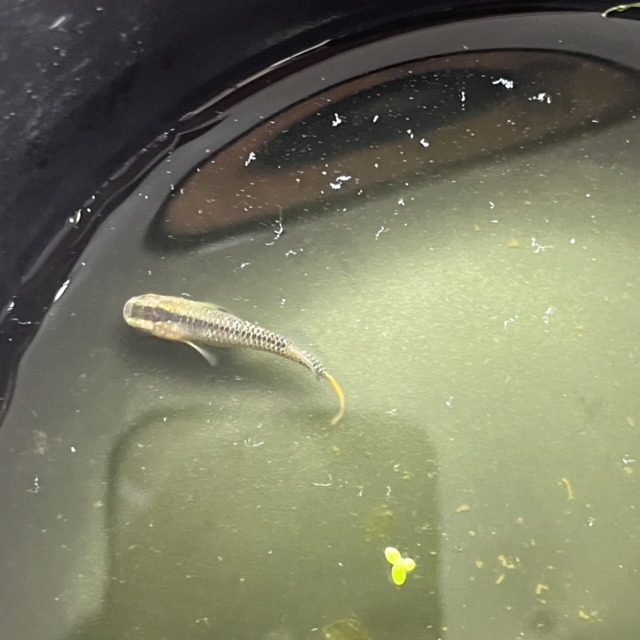
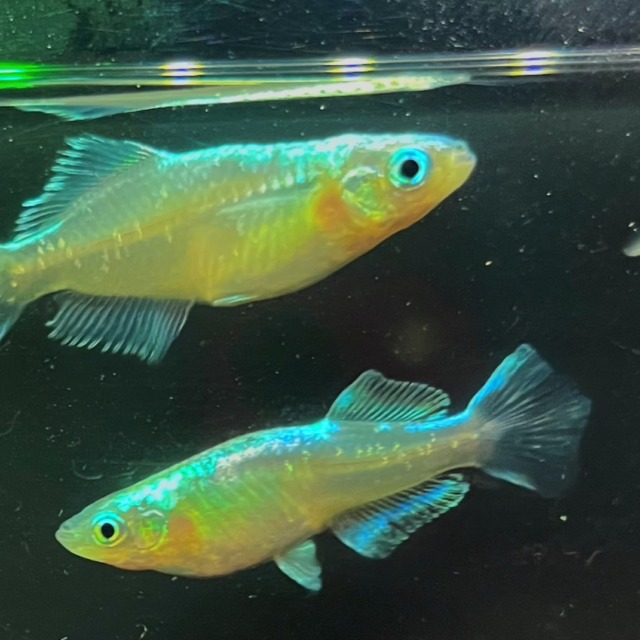
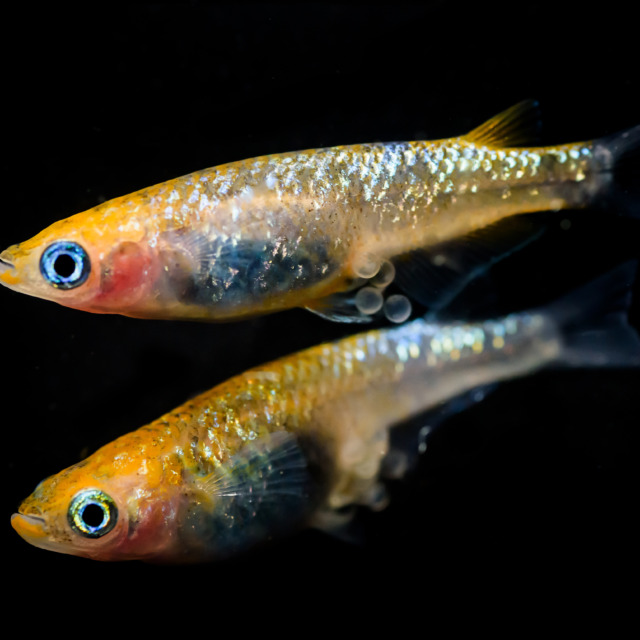



No comments yet.